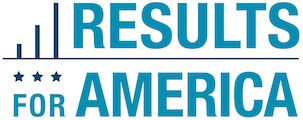9 Ways to Make Federal Legislation Evidence-Based: 2017 What Works Guide for Congress

Leaders at all levels of government can and should harness the power of data and evidence to solve our nation’s greatest challenges. Over the past 10 years, policymakers from both parties have increasingly turned to evidence-based solutions to get better results and lower costs. This differs from the far too common approach where elected officials create programs and policies based on anecdote, politics, or well-intentioned ideas that may or may not be backed by evidence.
Over the last few years, Congress has passed bipartisan legislation that recognizes and advances the role of evidence, including the Workforce Innovation and Opportunity Act (WIOA), Every Student Succeeds Act (ESSA), and the Evidence-Based Policymaking Commission Act. Members of Congress have also recently considered other results-driven legislation, including the Social Impact Partnerships to Pay for Results Act, Juvenile Justice Reform Act, Strengthening Career and Technical Education for the 21st Century Act, and Families First Prevention Services Act.
But what exactly makes legislation evidence-based? And how can Congress strengthen this “What Works” approach when writing future legislation?
This policy brief outlines 9 ways Congress can ensure federal laws are evidence-based. Congress should take all 9 approaches whenever possible, though we recognize that some of the following proposals will be more relevant to some bills than others.
Read more here.


